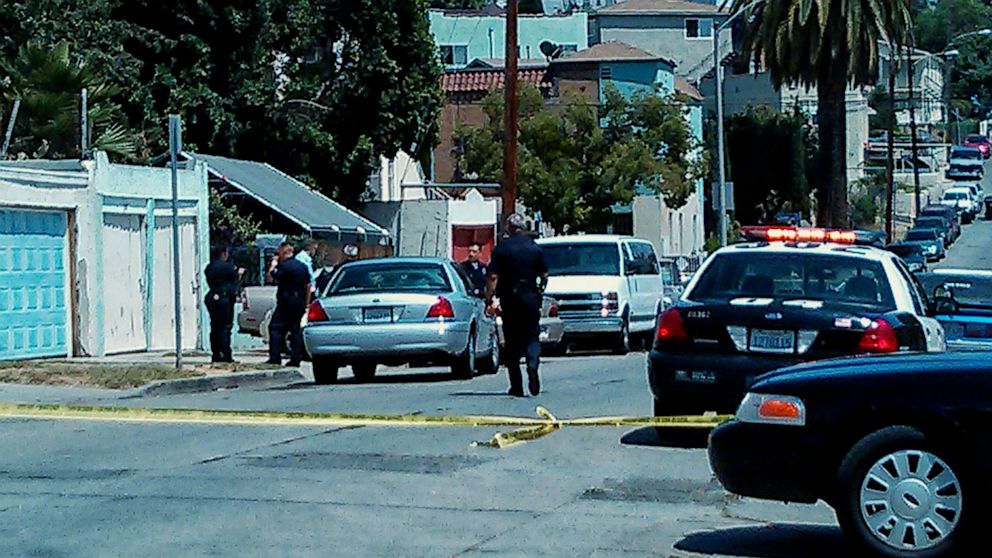NYRican in LA: "I Can Never Own the History of this Hood"
A year after moving to East LA, Mamita Mala still feels like an outsider.

Aug. 12, 2013— -- In 1995, I was a senior in an Upper East Side all girls’ Catholic high school. It was also the year I started college in Maine and first saw Casa MonteMala, the house where I now live.
Back in 1995, it didn't bear that name. It was just the backdrop in Gregory Nava’s film Mi Familia. Cinder blocks and gang tags surrounded the house. Freshly laundered underwear hung across the front yard. Allegedly it was a different Boyle Heights from the one I live in now. Trouble lurked around every corner then via the Los Angeles Police Department or local rivalries. Eighteen years later, there are no cinder blocks and the graffiti, gone. But my neighbors have fresh paint covering aerosol-sprayed claims to the hood. The house has become the center of my blended familia. It’s the address that granted me residency status to the college I will begin attending in a few weeks. People I know who grew up here spoke of drive-bys in front of the elementary school where today my younger child attends. From the backyard I can see my older daughter’s high school. And on local crime maps, my house is surrounded by red dots where burglaries, thefts, and assaults take place.
Maybe things haven’t changed all that much in 18 years.
It’s been a year since I officially moved to Los Angeles with the ChileRicans. By now the shopkeepers and local bus drivers know me, but about two weeks ago I felt like a stranger. When I walked down the block, Los Angeles Police helicopters hovered closely over us, police cars rushed down the street, and my neighbor hung out his front window.
“¿Que paso?” I asked the crowd that had gathered behind police tape. I scanned the women in their flip flops and knee-high socks with their kids mounted on bikes. I scanned the crowd to see if I recognized anyone from my child’s school, where I attend as many committee meetings as possible. I looked for classmates to whom I handed out cupcakes on my daughter’s sixth birthday. They peeped at me too. They tried to place me and my unique style - tailored orange shorts and faded black t-shirt. None of them could. I may have lived down the street for a year but I didn't look like I belonged.
“Two kids got shot. One in the face,” one of the women told me. Suddenly other women shared among each other how their sons were jacked on neighboring streets. “Gangs,” said one of them. I looked just beyond the police tape to where a car stood empty with its car doors open. According to one woman, a car came up and the people inside just started shooting. I didn't know if the victims were small children or teenagers. I didn't know if they lived or died. When the cops approached the crowd asking if anyone had seen anything, I, like everyone else, had nothing to offer. In the days that followed, I desperately scoured the local news reports and websites to find out more, but a news truck never came to my block. It was just another shooting in East Los Angeles.




